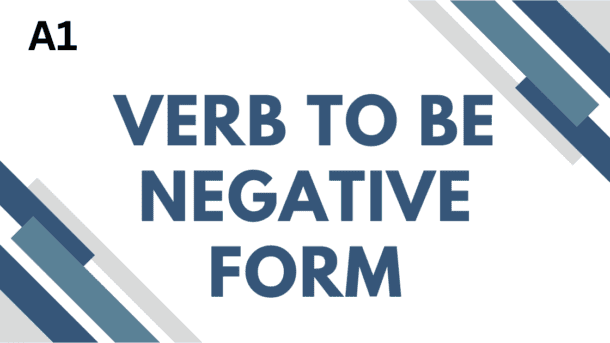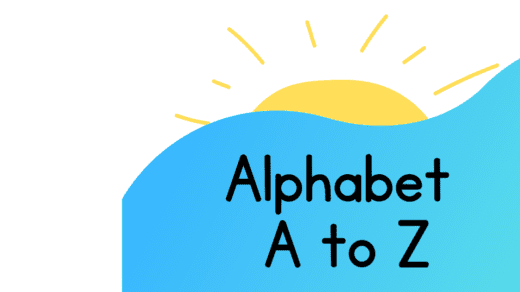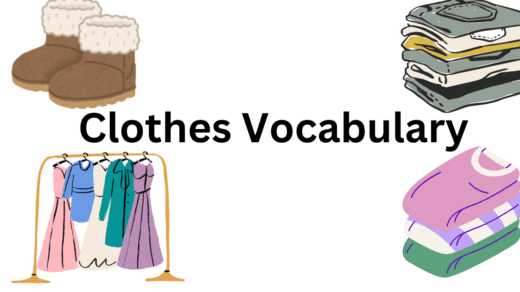Understanding the Verb To Be (Negative) is essential for English language learners. Among the various verbs, “to be” is one of the most fundamental, as it serves as a linking verb and helps express states of being, identity, and existence. This lesson will detail the Verb To Be Negative Forms across different tenses—present, past, and future simple.
The Verb “To Be”
The verb “to be” can appear in different forms:
- Present: am, is, are
- Past: was, were
- Future: will be
In the negative form, we alter these primary forms to indicate negation.
Structure of verb to be Negative
The structure of a verb to be negative sentence generally involves inserting “not” after the verb “to be.” Additionally, contractions (shortened forms) are commonly used in informal English:
- am not (I am not → I’m not)
- is not (He is not → He isn’t)
- are not (You are not → You aren’t)
- was not (She was not → She wasn’t)
- were not (They were not → They weren’t)
- will not (I will not → I won’t)
Structure of the verb to be negative Sentences
- Present Simple: Subject + am/is/are + not + [complement]
- Example: She is not a doctor.
- Past Simple: Subject + was/were + not + [complement]
- Example: They were not at the concert.
- Future Simple: Subject + will + not + be + [complement]
- Example: I will not be late for the meeting.
Present Simple verb to be negative
The present simple negative form expresses that something is not happening in the present or does not exist. Here’s how to construct negative sentences in the present simple:
1. Singular Forms:
- Subject: I
- Affirmative: I am a teacher.
- Negative: I am not a teacher.
- Subject: He/She/It
- Affirmative: She is a student.
- Negative: She is not a student.
2. Plural Forms:
- Subject: You/We/They
- Affirmative: They are friends.
- Negative: They are not friends.
Examples:
- I am not going to the party.
- He is not interested in science.
- They are not happy with their grades.
Usage
The verb to be negative forms in the present simple are typically used to express:
- Identity or Characteristics:
- Example: “He is not a doctor.” (He does not identify as a doctor).
- Existence:
- Example: “There are not many apples.” (Few or none exist).
- States of Being:
- Example: “I am not tired.” (Refusing the state of being tired).
Past Simple verb to be negative
The verb to be negative form in the past simple is utilized to communicate actions or states that did not occur. Here’s how to construct negative sentences in the past simple:
1. Singular Forms:
- Subject: I
- Affirmative: I was at the meeting.
- Negative: I was not at the meeting.
- Subject: He/She/It
- Affirmative: He was happy.
- Negative: He was not happy.
2. Plural Forms:
- Subject: You/We/They
- Affirmative: We were late.
- Negative: We were not late.
Examples:
- I was not aware of the changes.
- She was not at home yesterday.
- They were not invited to the event.
Usage
The verb to be negative forms in the past simple are used to indicate that something did not occur or was not the case in the past:
- Events:
- Example: “We were not at the concert yesterday.” (Indicating absence from the concert).
- States:
- Example: “He was not feeling well.” (He was not in a good state of health).
Common Mistakes
- Misusing Was/Were: Make sure learners understand that “was” is used with singular subjects and “were” with plural ones. For example, “I was not” vs. “We were not.”
- Contextual Errors: Ensure students practice identifying the context of the sentence to determine the correct form of “to be.”
Future Simple verb to be negative
The future simple verb to be negative form conveys intentions or expectations that will not happen. Here’s how to construct negative sentences in the future simple:
1. All Subjects:
- Example: I will be late.
- Negative: I will not be late. / I won’t be late.
2. Affirmative Form with Other Subjects:
- Affirmative: She will be in class.
- Negative: She will not be in class.
3. Plural Example:
- Affirmative: They will be happy.
- Negative: They will not be happy.
Examples:
- I will not attend the meeting tomorrow.
- He will not finish the project on time.
- They will not travel next week.
Usage
The future simple negative form is utilized to indicate intentions or expectations that will not occur:
- Plans:
- Example: “I will not be joining you for dinner.” (Indicating a change in plans).
- Predictions:
- Example: “It will not rain tomorrow.” (Indicating an unlikely future condition).
Common Mistakes
- Subject-Verb Agreement: Students may mistakenly apply past or present forms of “to be” in future scenarios. Emphasize the structure “will + not.”
Practice Exercises to be negative forms
Exercise 1: Fill in the Blanks
- I ______ (not/be) happy with the results.
- She ______ (not/be) interested in the movie.
- They ______ (not/be) friends anymore.
- We ______ (not/be) allowed to enter.
Exercise 2: Changing Sentences
Transform the following affirmative sentences into negative sentences:
- He is a great singer.
- He is not a great singer.
- We were at the park.
- We were not at the park.
- They will be there on time.
- They will not be there on time.
- I am a student.
- I am not a student.
Common Mistakes to Avoid
- Confusing “To Be” with Other Verbs:
- Remember that the verb “to be” stands alone. It does not need an additional action verb to express negation.
- Using Double Negatives:
- Avoid phrases like “I am not no teacher.” The correct form is “I am not a teacher.”
- Incorrect Contractions:
- Ensure to use the correct contractions. For example, mixing up “isn’t” and “aren’t” based on subject agreement.
Conclusion
Mastering the negative form of the verb “to be” is crucial for English learners as it allows them to communicate clearly about states, identities, and conditions. Through practice, learners can enhance their understanding and use of negative sentences across various tenses, helping them articulate thoughts more accurately. Engage with these structures regularly, and soon, forming negative sentences will become second nature!




